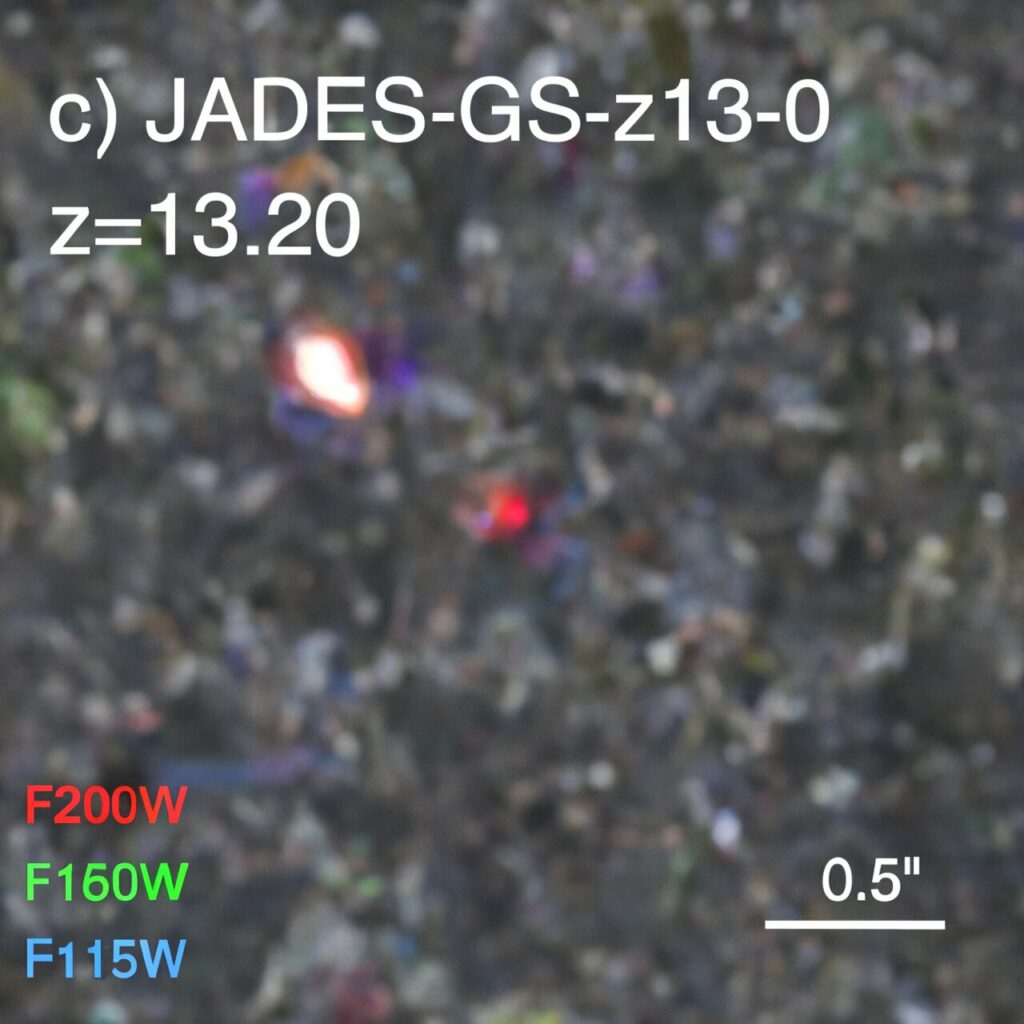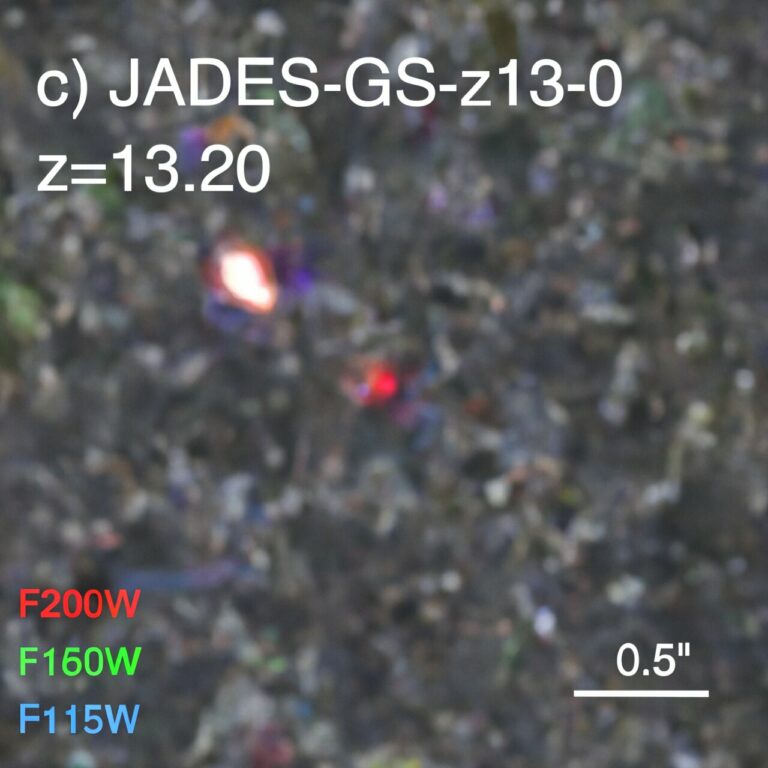Galaxies Ceasing Star Formation in the Early Universe.
Lately, significant attention has been focused on the massive, active galaxies that have been discovered by the JWST in the early universe. However, in contrast to these active galaxies, the JWST has also come across some galaxies that are surprisingly quiet, exhibiting little to no active star formation.This discovery is perplexing because the early universe had a higher density of galaxies, which would have resulted in more interactions and, consequently, more star formation. Therefore, the presence of galaxies where star formation has been halted so early on has left astronomers pondering the question of how a galaxy can be “killed.”
This question is not a new one. Even in the relatively nearby cosmos, there are galaxies that have experienced a cessation of star formation, often in a relatively short period of time. Previous research has revealed that the distribution of active star formation in galaxies is not uniform. Instead, galaxies appear to be either active or inactive, with fewer galaxies falling in between these two categories. This suggests that there must be a mechanism that rapidly shuts down star formation, rather than a gradual decline due to the depletion of materials.Astronomers have explored two main suspects in their investigation of the mechanisms behind this phenomenon: active galactic nuclei (AGN) and supernovae. In both cases, these energetic events would heat up the interstellar medium, creating conditions within potential star-forming regions that are too warm for condensation to occur. In fact, the density required for a nebula to collapse (known as the Jeans density) is particularly sensitive to temperature.

However, a recent study published on the arXiv preprint server investigates the possibility of supernovae causing galaxies to become dormant in the early universe. This particular research sets itself apart from previous studies by taking into account various factors that influence the rate of star formation, such as the evolving chemical composition that introduces more heavy elements into the universe over time. Consequently, explanations for the suppression of star formation in nearby galaxies may not be applicable to early galaxies.
In order to assess the role of supernovae in this process, the researchers developed a model to examine the amount of energy that supernovae could inject into their respective galaxies. They then compared these findings with the observed characteristics of two quenched galaxies (JADES-GS-z13-0 and MACS0417-z5BBG) identified by the JWST (James Webb Space Telescope). The aim was to determine whether supernovae could heat the interstellar medium at a faster rate than the dissipation of energy through other mechanisms.
The study revealed that supernovae were more effective in impeding star formation in smaller galaxies. However, despite both galaxies being categorized as low-mass, their size was substantial enough for cooling mechanisms to surpass the heating caused by supernovae. Consequently, supernovae are unlikely to be the cause of dormancy in these particular galaxies.Furthermore, neither of the galaxies exhibited any indications of an active galactic nucleus, which further casts doubt on this mechanism. As a result, the authors are now considering the possibility of an alternative mechanism being responsible.
Previous research on galaxies has shown that although they are currently calm, they have experienced a period of intense star formation known as starburst. During this phase, the rate of star formation was significantly higher. The authors of a recent study propose that the radiation pressure generated by the burst of star formation, particularly from the hot, young stars, could heat the gas even without the contribution of supernovae. They suggest that this “bursty” nature of early galaxies may hinder the rate of star formation.
However, another recent study, also published on arXiv, has already explored this suggestion. The study conducted simulations of galaxies using three different models. Each model was able to produce simulations that resulted in a temporary halt to star formation. However, the models also indicated that this effect was not permanent. Furthermore, the authors examined two quenched galaxies and found that the timing of the bursty era did not align with the expectations of the model, at least for JADES-GS-z13-0.
In order to gain a better understanding of this topic, further exploration is necessary as more early, quenched galaxies are discovered. This will enable researchers to compare additional examples against various quenching models and determine their limitations. Ultimately, this will provide better insights into the dominant mechanisms and establish more accurate boundaries.
This article is republished from PhysORG under a Creative Commons license. Read the original article.
Do not forget to share your opinion with us to provide you with the best posts !




0 Comments